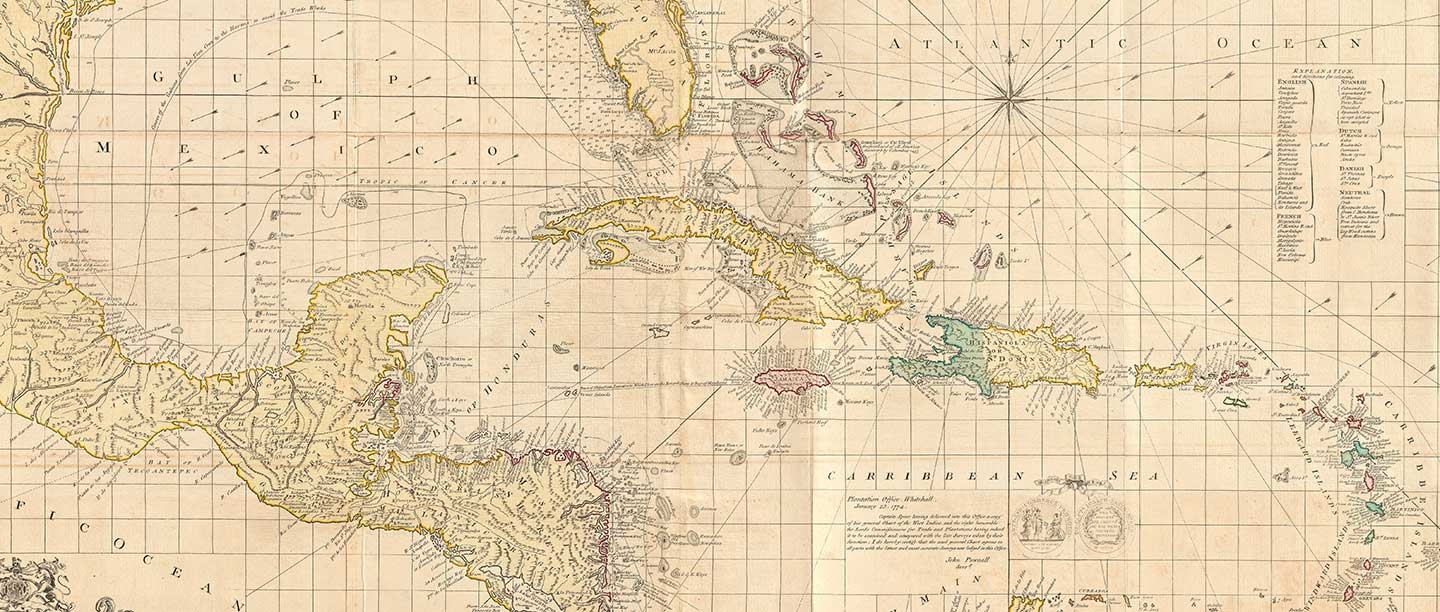Long read: Traces of the slave economy in the National Heritage Collection
Traces of the transatlantic slave economy can be seen all around us, not only in the landscapes and buildings of West Africa and the Caribbean, but also in the United Kingdom.
Much of the wealth from the trade in enslaved peoples and associated industries was invested in Britain, and that investment has a lasting legacy in buildings, communities, businesses and institutions across the country today.
From plantation owners, to pro- and anti-abolitionists, from investors in trading companies to colonial administrators, examples can be found across sites in the National Heritage Collection that show the extent of transatlantic slavery’s presence in British society.
Read moreStories
-

Dido Belle
Dido Elizabeth Belle was raised as part of an aristocratic family in Georgian Britain. She was the daughter of a formerly enslaved woman named Maria Bell and a Royal Naval officer, Sir John Lindsay.
-

The Somerset case
The ruling in the case of Somerset v Stewart in 1772, made by Lord Mansfield of Kenwood, was a landmark in the progress towards the abolition of slavery in England.
-

Black Prisoners at Portchester Castle
In October 1796 a fleet of ships from the Caribbean carrying over 2,500 prisoners of war began to dock in Portsmouth Harbour. Many of the prisoners were formerly enslaved people from the French Caribbean.
Abolition
In 1807 Parliament passed the Slave Trade Act, which abolished the transportation of enslaved Africans to the Americas in British vessels. Slavery itself continued in the Caribbean colonies until the passing of the Slavery Abolition Act of 1833.
The Act came into force the following year, but the formerly enslaved were re-designated as ‘apprentices’, meaning their servitude continued until these apprenticeships ended in August 1838.
Slavery continued in the United States until the American Civil War of 1861–5. It finally ended in the Carribbean when the Spanish colonies of Puerto Rico and Cuba freed their enslaved people in 1873 and 1886 respectively.
Below you can read the stories of just some of the people who campaigned for abolition, including some who had formerly been enslaved themselves.
-

Ottobah Cugoano
Ottobah Cugoano was an anti-slavery campaigner and one of the first formerly enslaved people to write and publish a text in the English language.
-

Ellen and William Craft
Ellen and William Craft were African American freedom fighters who escaped from enslavement in the USA and fled to Britain in the mid 19th century.
-
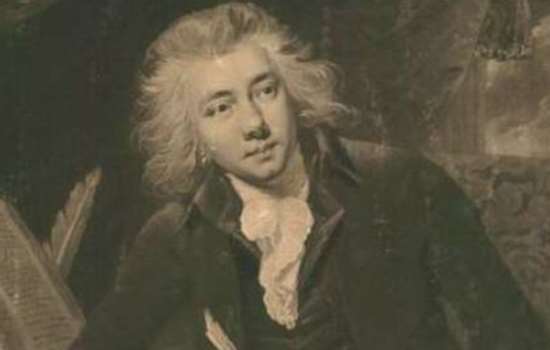
William Wilberforce
William Wilberforce is commemorated with a blue plaque at the site of the house in Battersea where he lived at the height of his campaign against slavery.
-
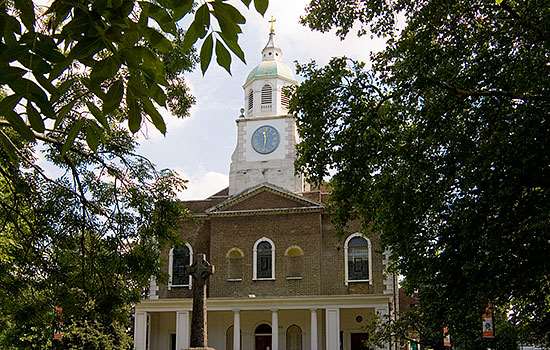
The Clapham Sect
Holy Trinity Church was once the meeting place of the Clapham Sect, whose campaigning helped bring about the abolition of slavery in the British Commonwealth.
-

Thomas Fowell Buxton
The anti-slavery campaigner and social reformer Thomas Fowell Buxton headed the anti-slavery movement in 1834 when abolition was secured.
-

Daniel O'Connell
The Irish nationalist leader Daniel O’Connell campaigned for civil rights, including the abolition of slavery.
The English Heritage Podcast
-
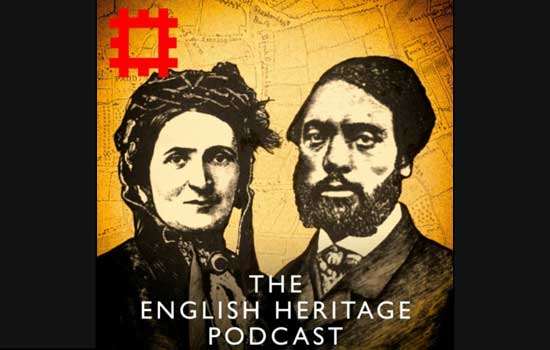
Freedom fighters: the story of Ellen and William Craft
In this episode, we explore the historic journey of two refugees from slavery and campaigners for its abolition, who escaped from America to England.
-

Exploring the legacy of the transatlantic slave trade at Brodsworth Hall
A collection of five sculptures by artist Carl Gabriel is helping us explore the story of Peter Thelluson, who made his fortune from goods connected to slave-based production.
-

The story of Dido Belle at Kenwood
We’re joined by Cathy Power and Sarah Murden to discuss the story of Dido Elizabeth Belle, the daughter of British naval officer Sir John Lindsay and a formerly enslaved woman named Maria Bell.
-

Voices of England: How slavery shaped the nation
Professor of History and Memory of Slavery at the University of Bristol, Olivette Otele, discusses Britain’s dominant role in transatlantic slavery, and the legacies of the trade that still shape our world today.
-

When the bubble burst: The South Sea Company stock market crash
We mark 300 years since one of the most infamous stock market crashes in English history.
The Ancestors
In 1807 white French prisoners of war held at Portchester Castle staged The Revolutionary Philanthropist, a play about enslaved people’s fight for freedom during the Haitian Revolution.
When it was written, the play was one of only a few that explored revolution in the Caribbean, but it includes racist language and outdated attitudes.
In collaboration with English Heritage’s youth engagement programme Shout Out Loud and the University of Warwick, members of the National Youth Theatre have staged a production of a new play called The Ancestors. Written by Lakesha Arie-Angelo in response to The Revolutionary Philanthropist, it turns the focus away from the original colonial male perspective, and retells the story from a black female point of view.
The play was performed in the grounds of Portchester Castle in the summer of 2021. A documentary about the production is coming soon.
-

The Ancestors: Telling the Story of Freedom and Revolution
How do you take a historic play informed by real events and reimagine it for 21st-century performance?
-

Finding Our Voices
Watch five brand new monologues created as part of the development of The Ancestors.
-

The Haitian Revolution
To accompany the production, we examine the connections between Haiti and Portchester and a few of the key events and characters of the Revolution.
-

Freedom and Revolution
The Ancestors is part of the project ‘Freedom and Revolution’ which explores Portchester Castle’s links to the Caribbean. In partnership with the National Youth Theatre and Warwick University.
Research into Transatlantic Slavery
In 2007, to mark the bicentenary of the abolition of the British transatlantic slave trade, English Heritage (now separately English Heritage and Historic England) commissioned research into the slavery connections of English Heritage sites.
This report surveyed 33 properties that were built or occupied during the main period of the British transatlantic slave trade (c.1640–1807). Twenty-six properties with some level of connection to slavery or abolition were identified.
Read the research papersMore histories
-

Dealing with Difficult Histories
England’s history is fascinating, complex and sometimes controversial. Find out how English Heritage is approaching contested history.
-

Black History
Black history is a key part of England’s story, reaching back many centuries, and helps us to reflect on the connections between past and present.
-

1066 and the Norman Conquest
Find out all about the Battle of Hastings, and the profound impact the Normans had on the country they had conquered.
-
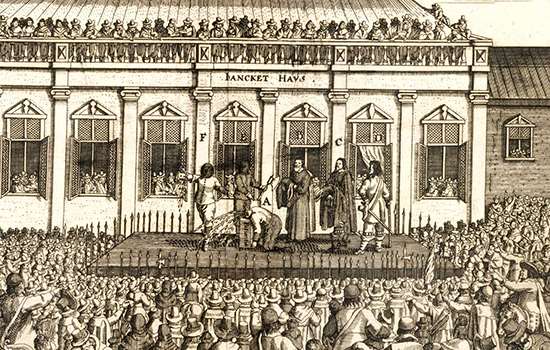
The English Civil Wars
Discover how the Civil Wars unfolded at English Heritage’s properties – from ferocious sieges to the Isle of Wight castle where Charles I was held prisoner.
-

The Dissolution of the Monasteries
Discover what happened to the many thousands of monks and nuns whose lives were changed forever when every abbey and priory in England was closed.
-

Women in History
Read about the remarkable lives of some of the women who have left their mark on society and shaped our way of life.
-

LGBTQ History
LGBTQ history has often been hidden from view. Find out about the lives of some LGBTQ individuals and their place in the stories of English Heritage sites.
-

Blue Plaque Stories
Behind every plaque is a story. Discover the personal journeys and historic achievements of London’s notable former residents with our series of in depth articles.
